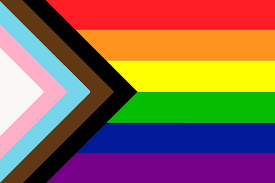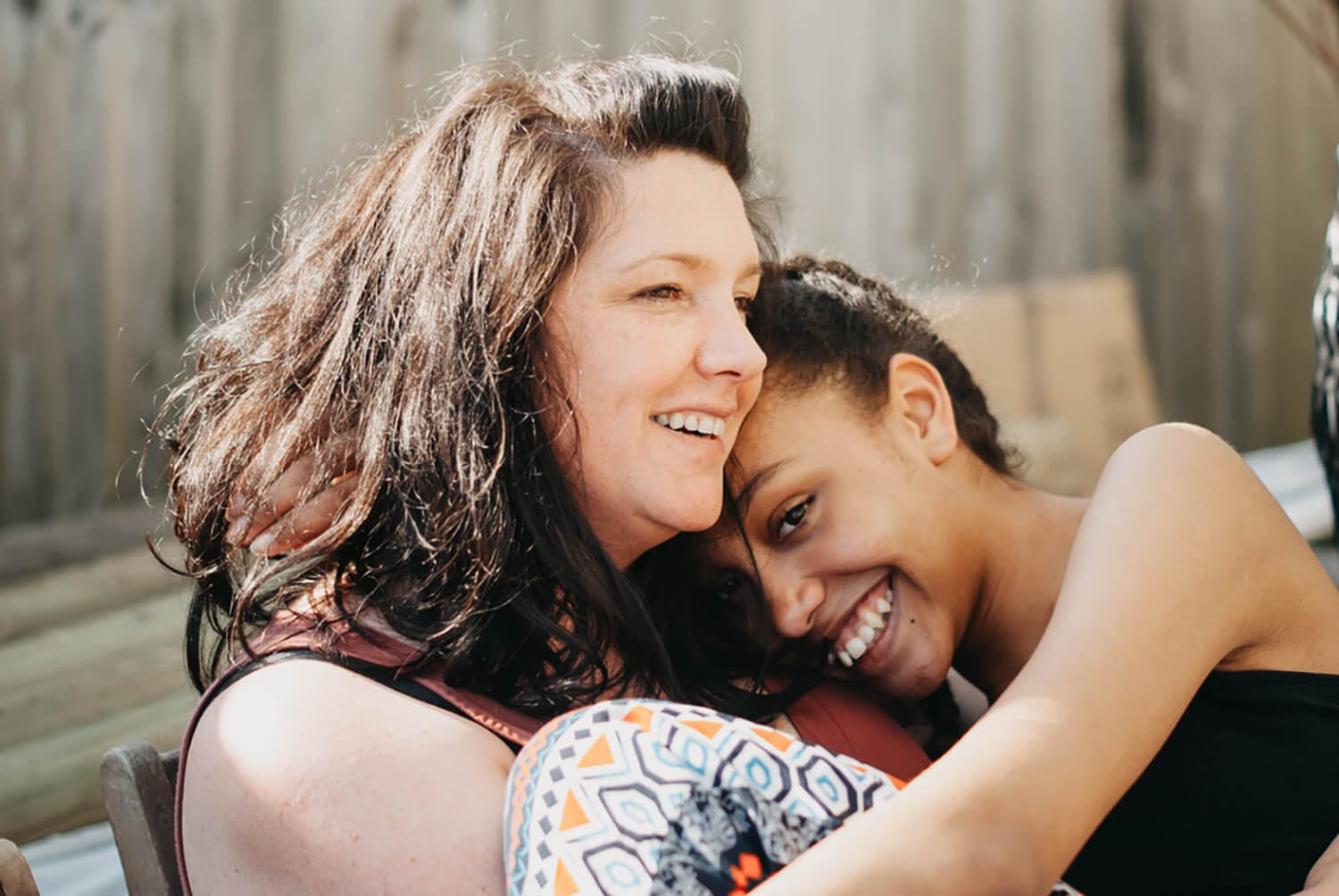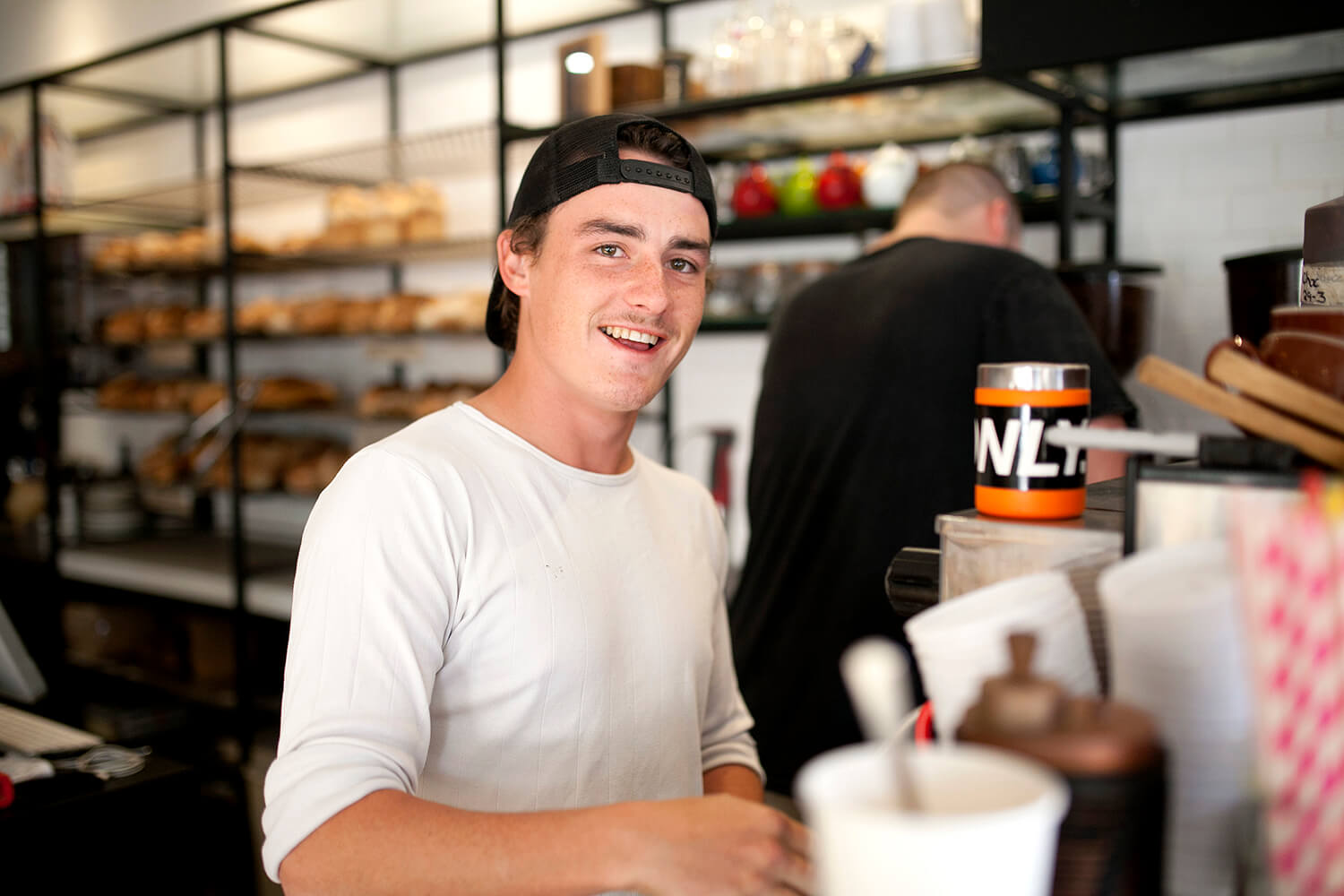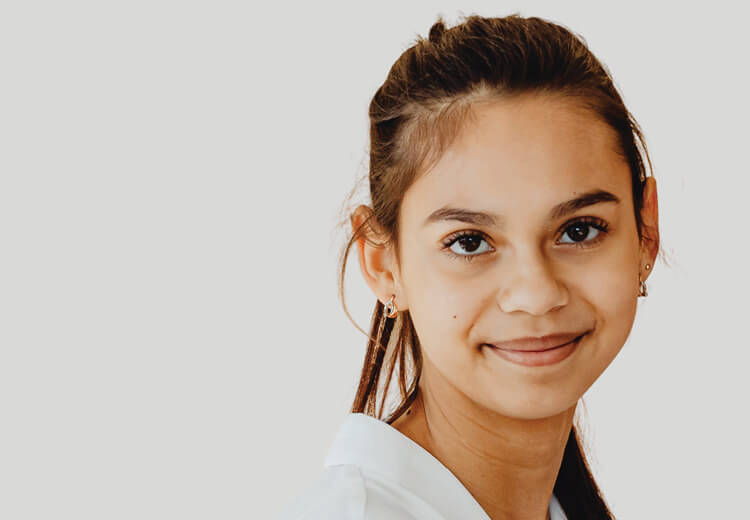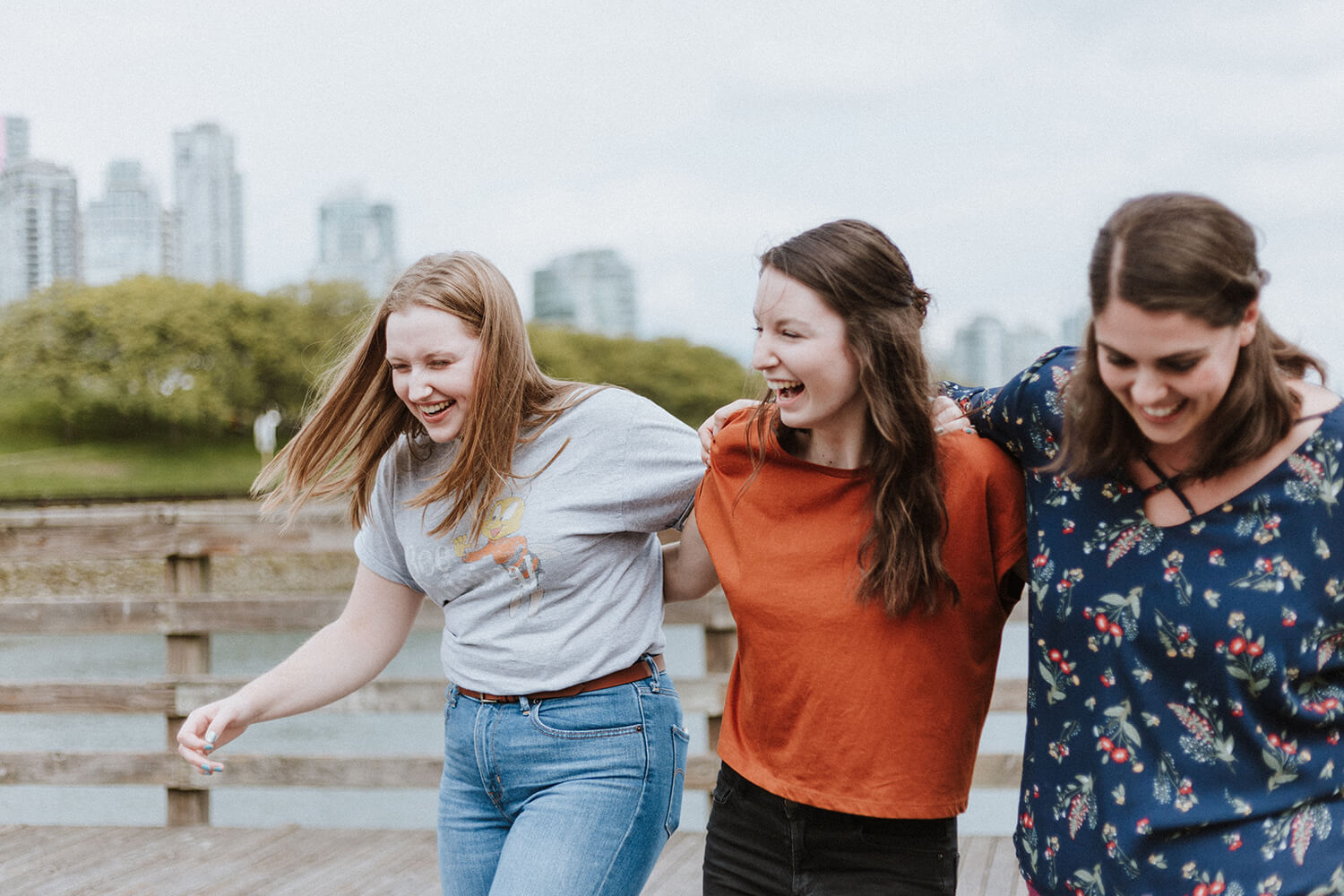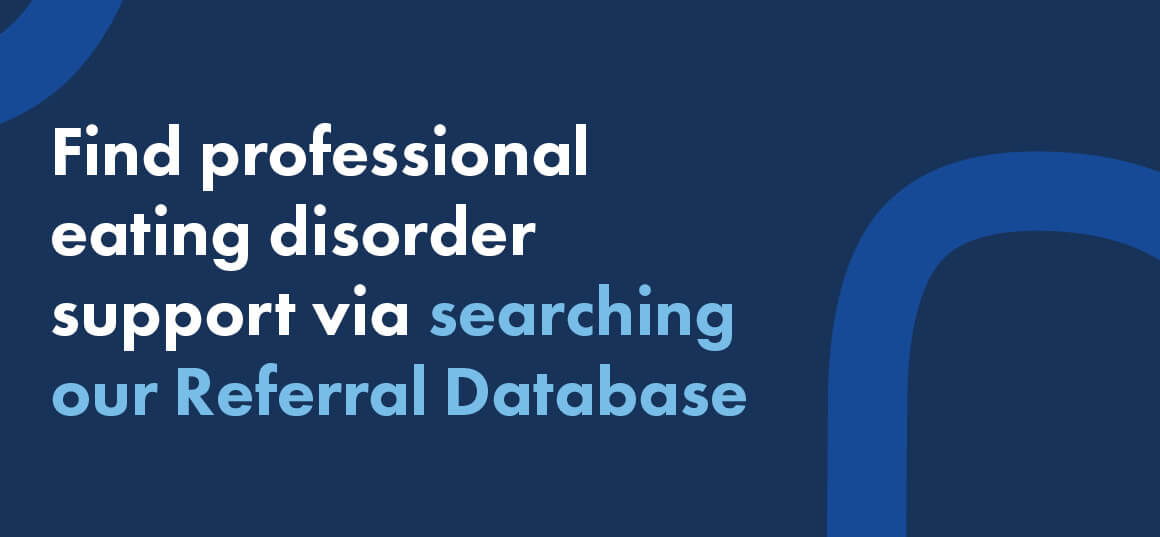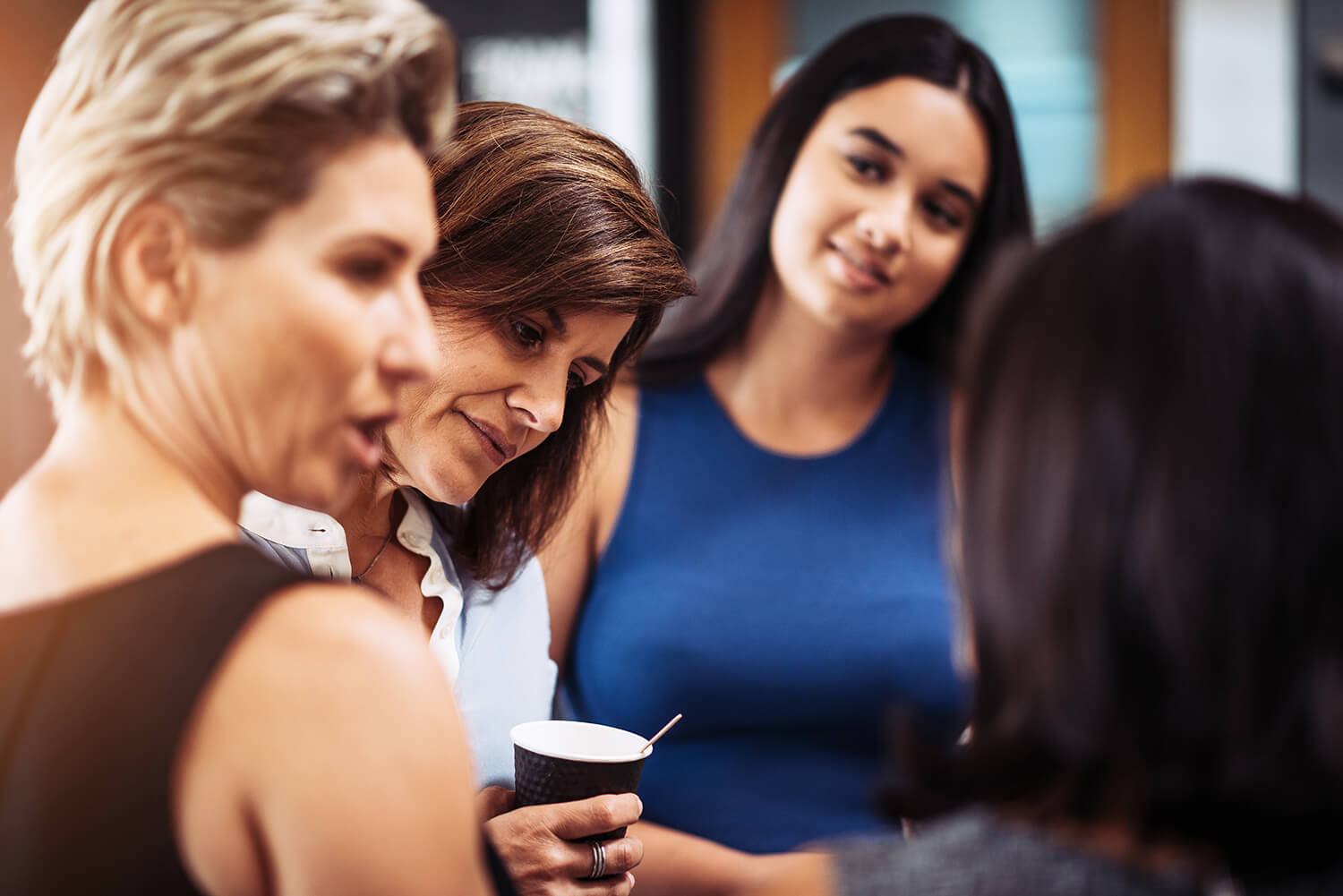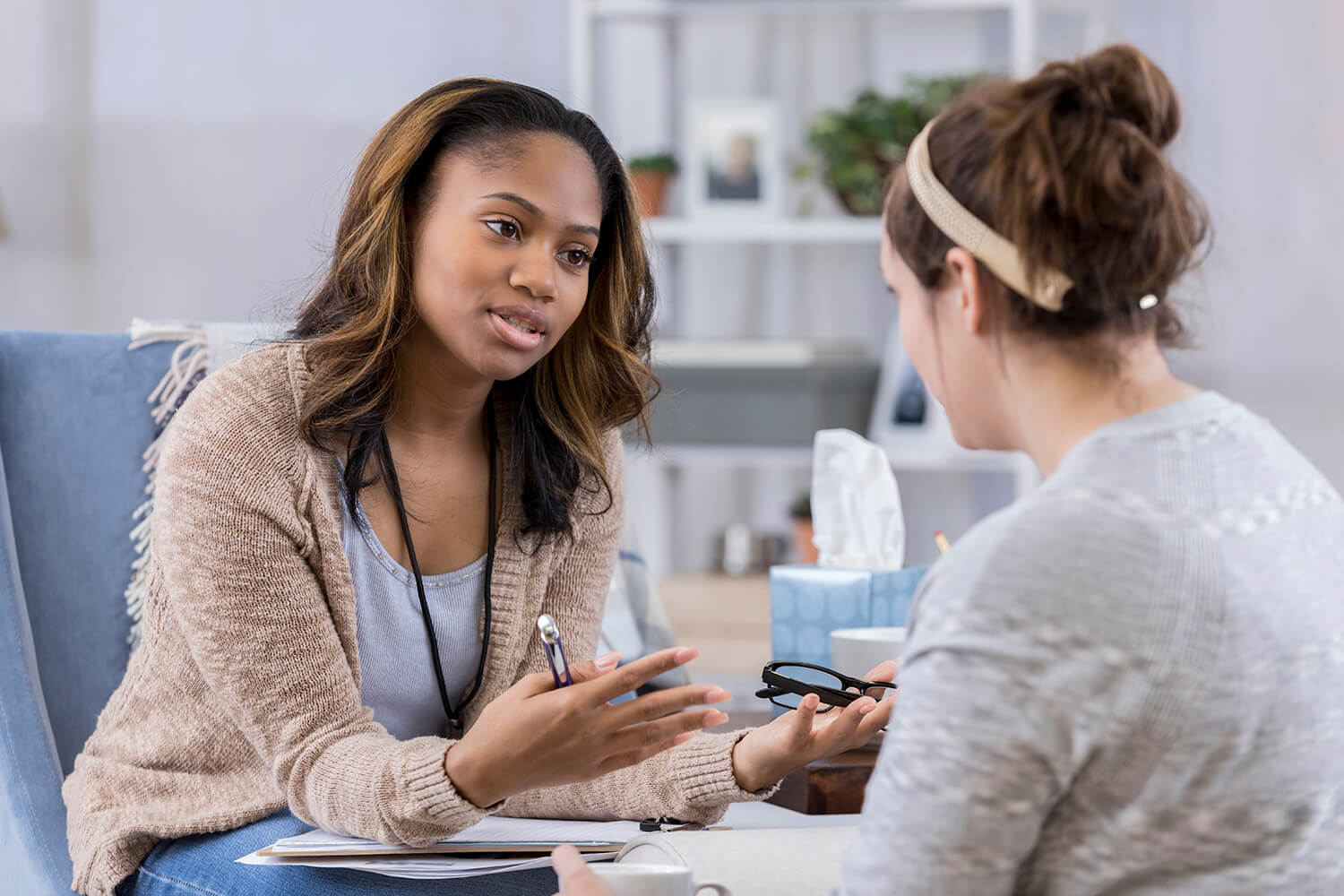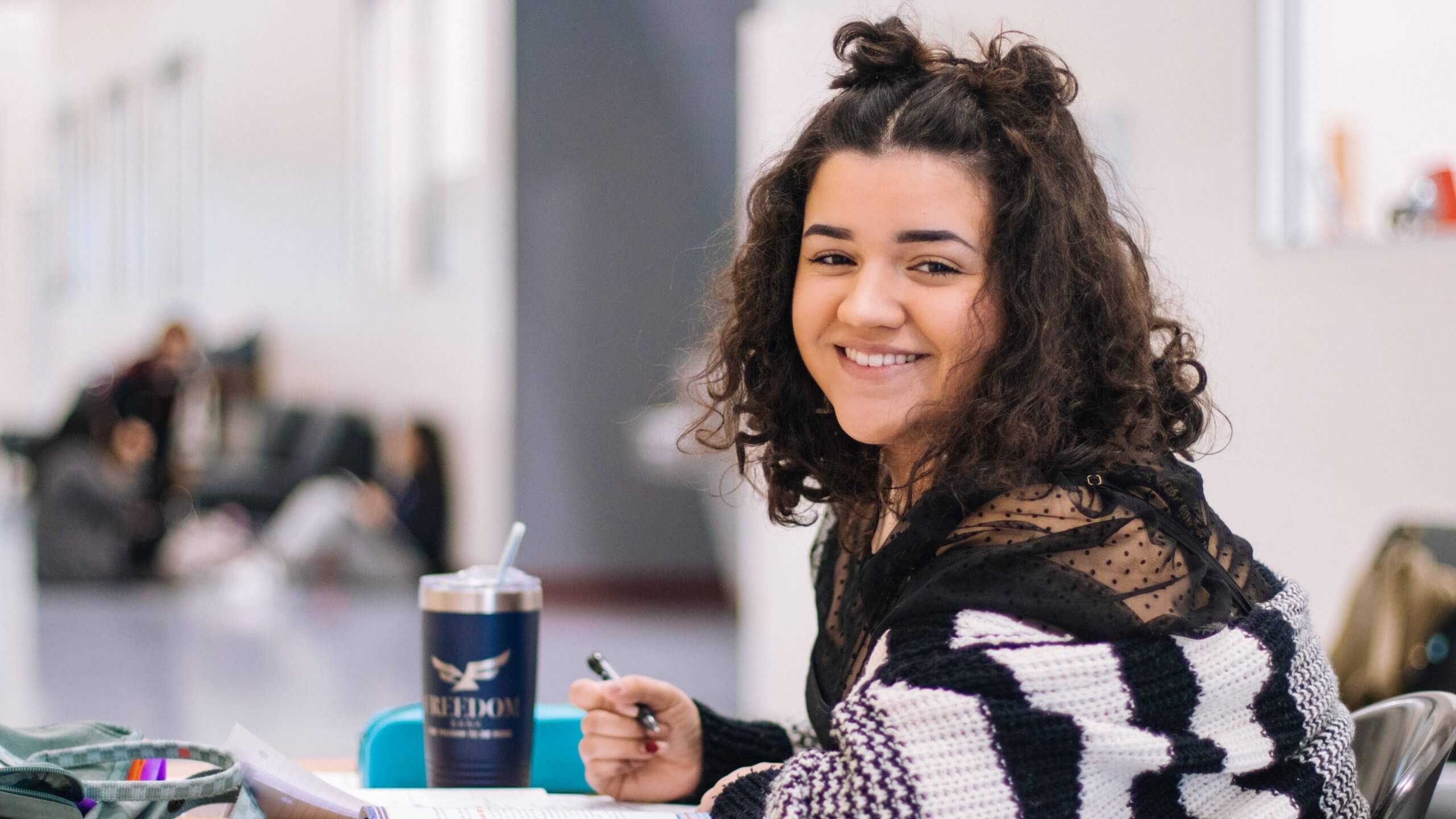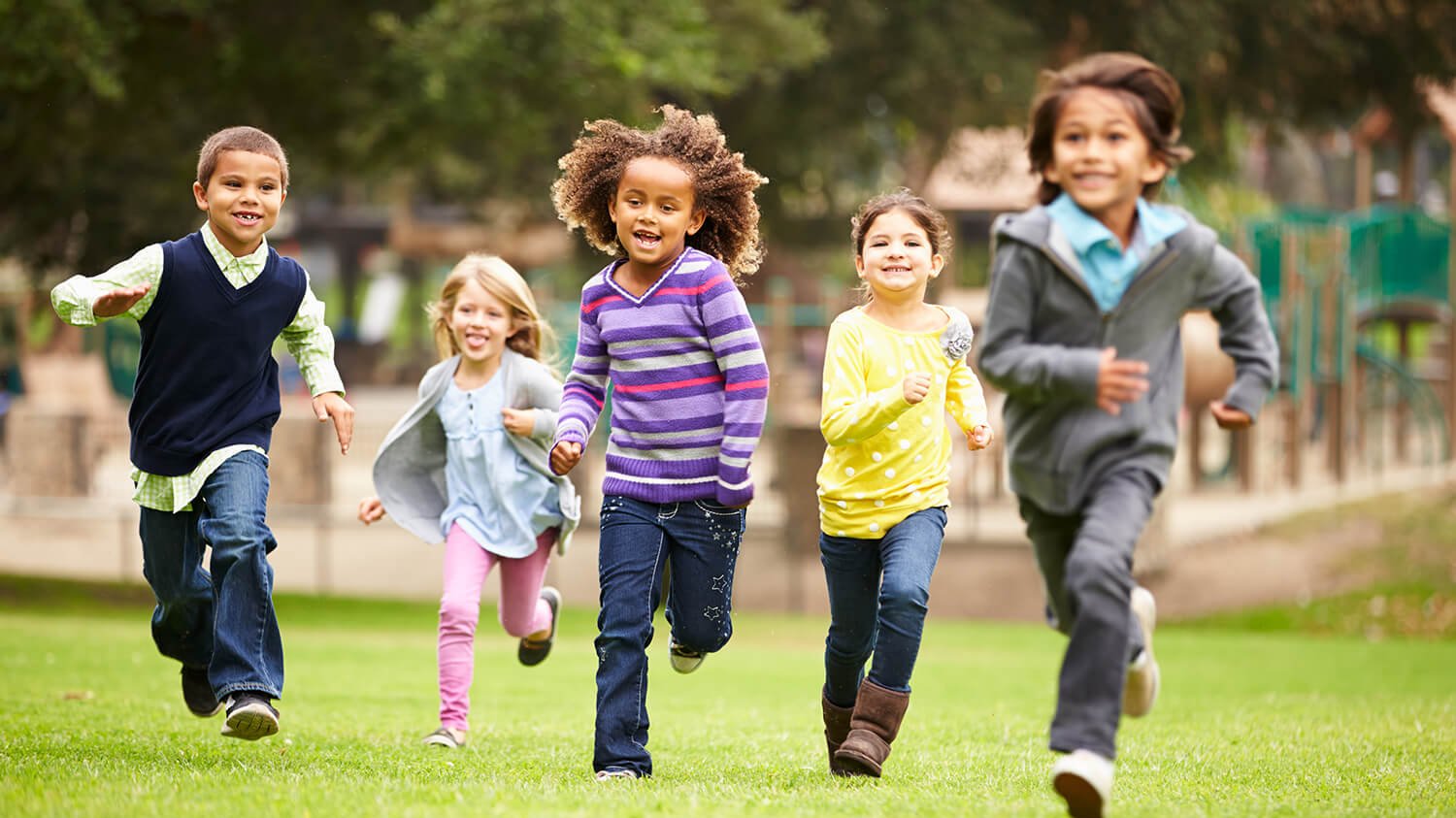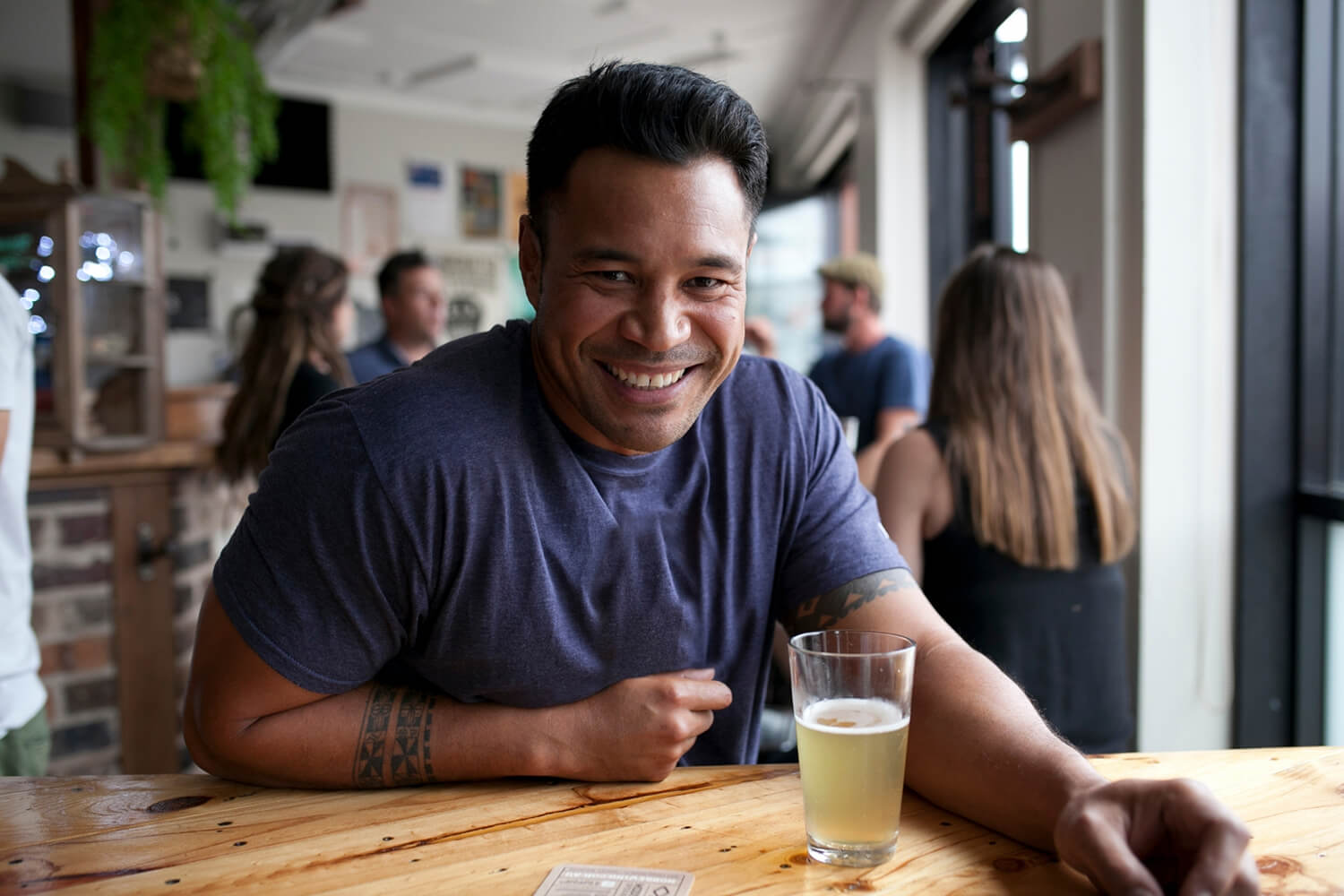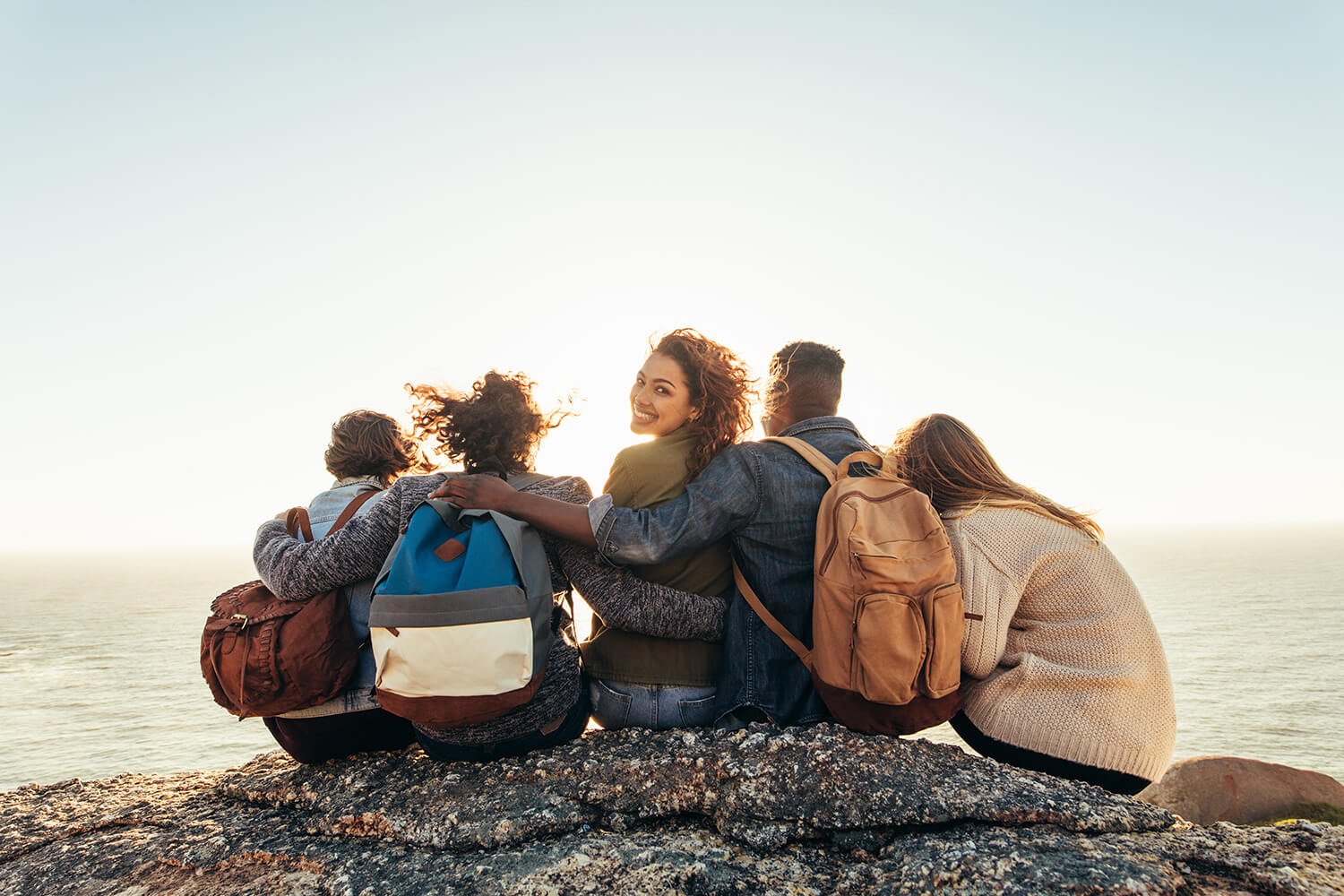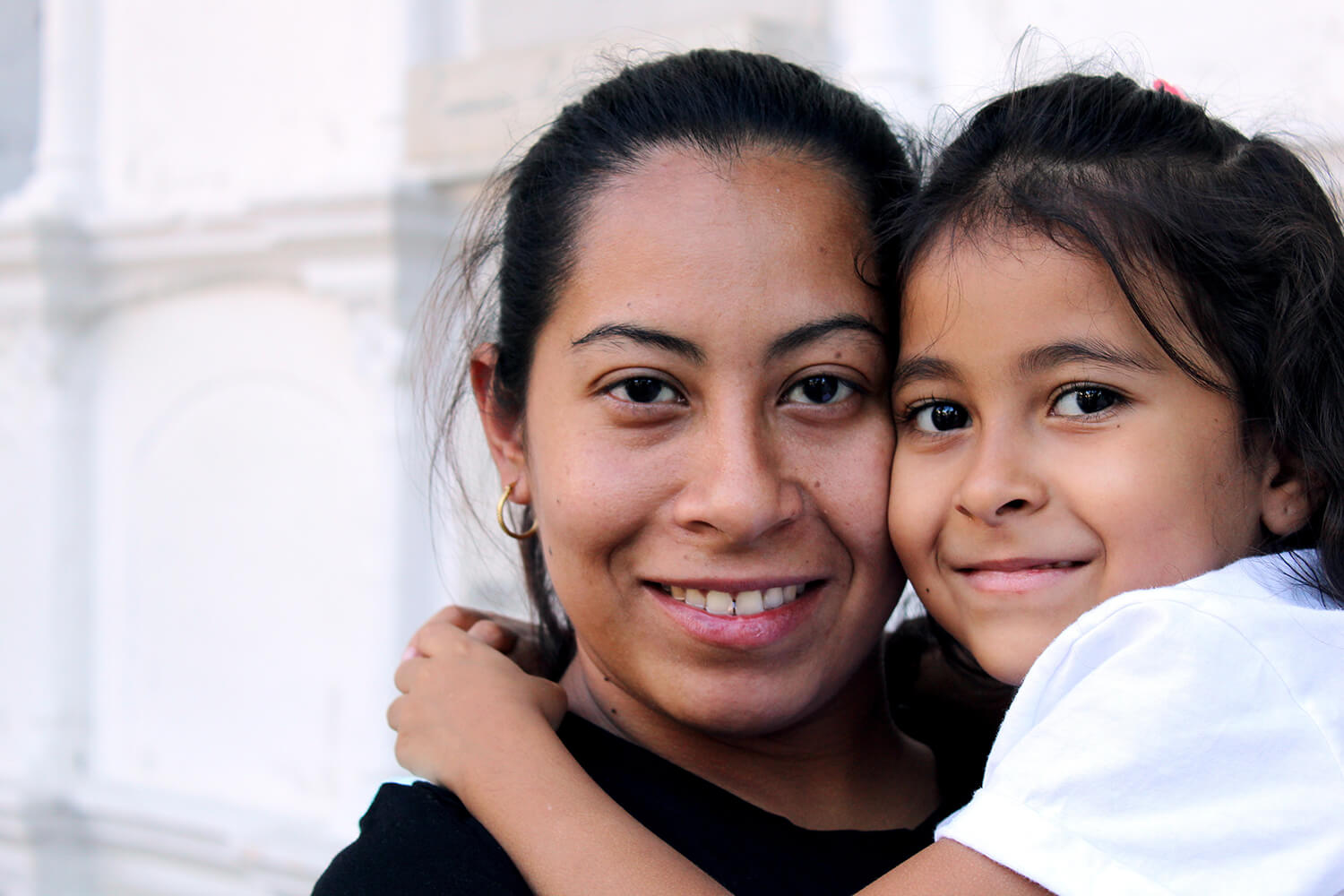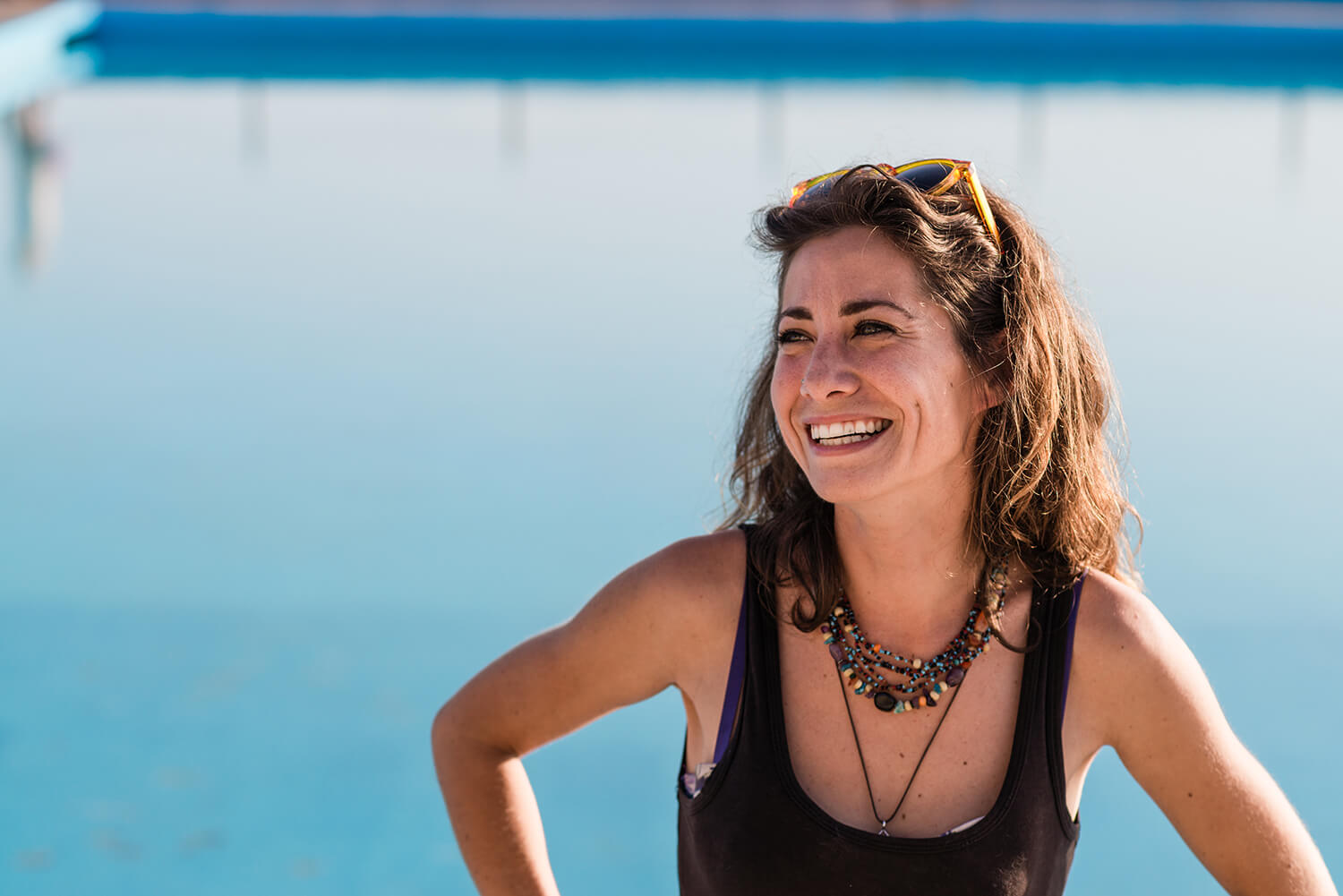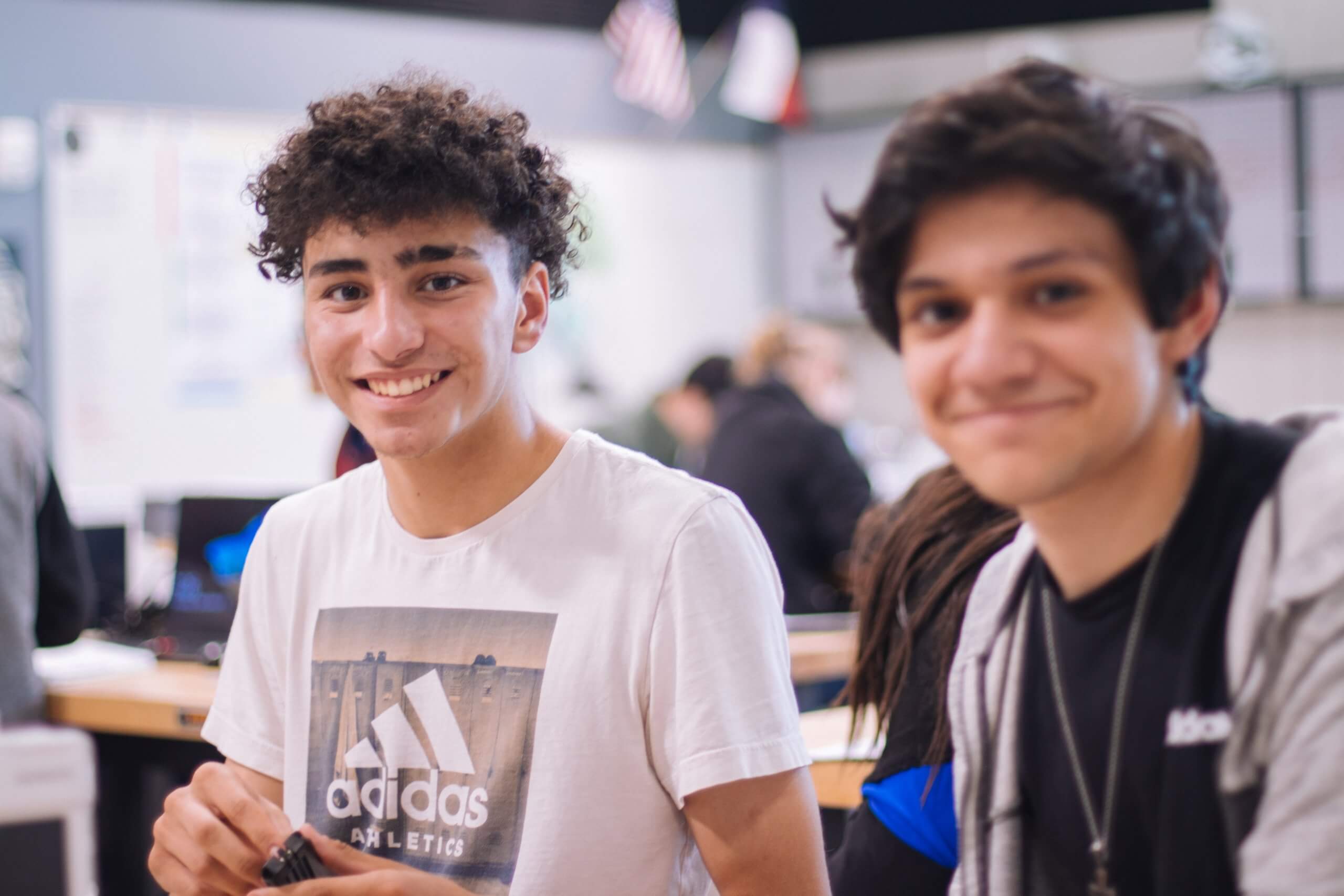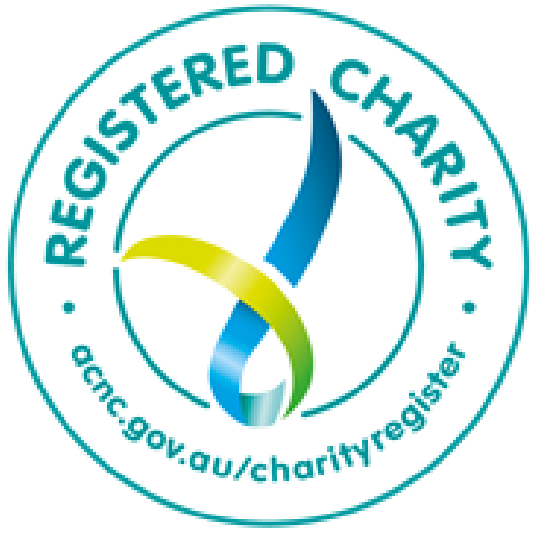Safer Internet Day: Curating your Instagram Feed to Support Eating Disorder Recovery
For a long time, I avoided Instagram. An image-based platform would surely, I thought, only feed comparisons, body anxieties and shame. Like other social media platforms, Instagram has its fair share of toxic content- diet tea ads, body shaming, before-and-after posts, and highly edited images that make other people’s bodies (and lives) seem flawless. With so much of the internet always strivingfor the ideal body, Instagram seemed like a place designed only to make me feel bad about my own, and the ways it couldn’t match up.
I’m not alone. Studies have shown that comparisons with the bodies we see online are to be expected, with 87% of women and 65% of men building their expectations around what they see in the media, including social media feeds. Another study confirmed that social media use is linked to increased symptoms of orthorexia nervosa.
However, Instagram is also the home of body image activists, fat liberation warriors, and eating disorder recovery champions – it is possible to curate this space as a safe one that supports your recovery. I did, and it’s now one of the best tools I have in my arsenal against bad days.
Instagram? Really?
While this kind of media is relatively new, recent studies suggest that women’s body image is improved when they opt for body-positive content.
As I’ve come to love the well-curated Instagram feed, here’s what I have found it offers me.
Facts
- Information about up-to-date science and support are constantly being shared through Instagram. On days when it feels like it might be a good idea to skip a meal, I’m met with some sensible science.
Support and community
- Gentle reminders, like the ones my therapist would normally give me, but free, and always accessible.
- Shared experience is at your fingertips: people who struggle with food, or who find their body difficult some days, are being vulnerable and honest in this space – I feel less alone. During lockdowns, I even came across an account that live-streams people eating throughout the day, providing a safe space for others who might struggle too.
- Accounts that frame individual recovery as an imperfect and ongoing story.
Ways to communicate my experience
- Sometimes reposting a tile is the best I can do to speak about my experience – and that’s enough.
- Seeing someone else posting about this stuff can sometimes help me recognise how I’m feeling or what I’m experiencing.
Digital clean-up
Think of it like KonMari for your Instagram feed. Does it make you feel good? Then keep it! If it doesn’t make you feel good, it’s time to let it go. If you’re an Instagram user who’s often bombarded by #fitspo and diet-related #sponcon, unfollowing accounts that share posts that don’t make you feel good can be a big relief. Start scrolling with a critical eye, and unfollow liberally.
The Instagram algorithm can also feed you up some things that are less helpful without you even asking for it, so it can be good to mute some hashtags (#thinspiration, #fitspo and #weightloss are some good ones to start with). At the same time, following some hashtags can help you see more of the stuff you find helpful. Some of my favourites include #bodyacceptance, #antidiet and #EDrecovery.
Chase diversity
The bodies represented in mainstream media largely look the same. By actively chasing more diverse representations in your Instagram feed, you can build something that more accurately represents the world (with its many, many experiences and identities), and helps to broaden your world view. Some accounts operate as curators for diverse representation of bodies, and these can be gateways to other accounts that align with your values. I found IFD Bodies, Amnimoda, and Non Airbrushed Me to be great starting points.
What matters to you?
Perhaps you’re looking for words of wisdom and daily reminders to take your meds or drink some water when you feel overwhelmed – many therapists, activists and advocates have accounts that can give you this (#EDrecovery). Perhaps you’re looking to see your own body represented in your social media feed – my attitude to clothes shopping as a fat person was transformed by Instagram (#fatshion). Maybe you’re looking to dive deep into the social justice issues around food security, diet culture and weight stigma – there’s a whole heap of that (#antidiet).
Have a think about what you wish you could see in your feed, and search it as a hashtag – somebody out there is making that content, I promise.
During Body Image and Eating Disorders Awareness Week 2020, I made a thread full of places I’d recommend to get started – you’ll find it on my Instagram in my highlights, under ‘BIEDAW’.
I’m still learning how to make Instagram a safe place during recovery. I came here to aid my recovery, but it’s not always a safe place: to make it so requires intentional curation.
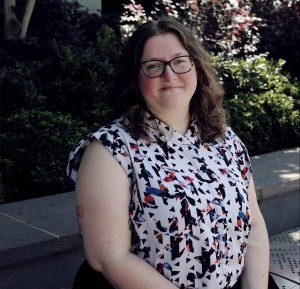
Sam van Zweden is a Melbourne-based writer interested in food, memory, and mental health with lived experience of disordered eating. Her first book, Eating with my Mouth Open, is available now.
For more information on how to safely engage with Instagram, head to Butterfly’s resources for young people and parents.


